Background
I tested some Bourns PEC11L encoders before soldering - they were working fine. Once soldered to my PCB at 300C using Sn99.3,Cu0.7 solder, they stopped working. Looking at the datasheet, I see that I did it all wrong...
(In case you're interested, the encoders now almost always skip some of the states in the cycle 00-01-11-10-00.)
So now I'm considering Cui's ACZ11, TT Electronics' EN11. Neither of the datasheets for these mention soldering considerations.
Wurth's mentions wave soldering in the datasheet, but not hand soldering. I don't have a wave soldering machine.
CTS's 11CE gives manual soldering advice, but has a plastic shaft, so I can't use it.
Question(s)
Should I try the Bourns again at 250C, use no-clean flux, and make sure the iron's only applied for a short time? (How short?) Should I get some SnAgCu solder? In the absence of information on the Cui and TT datasheets, can I assume anything?


